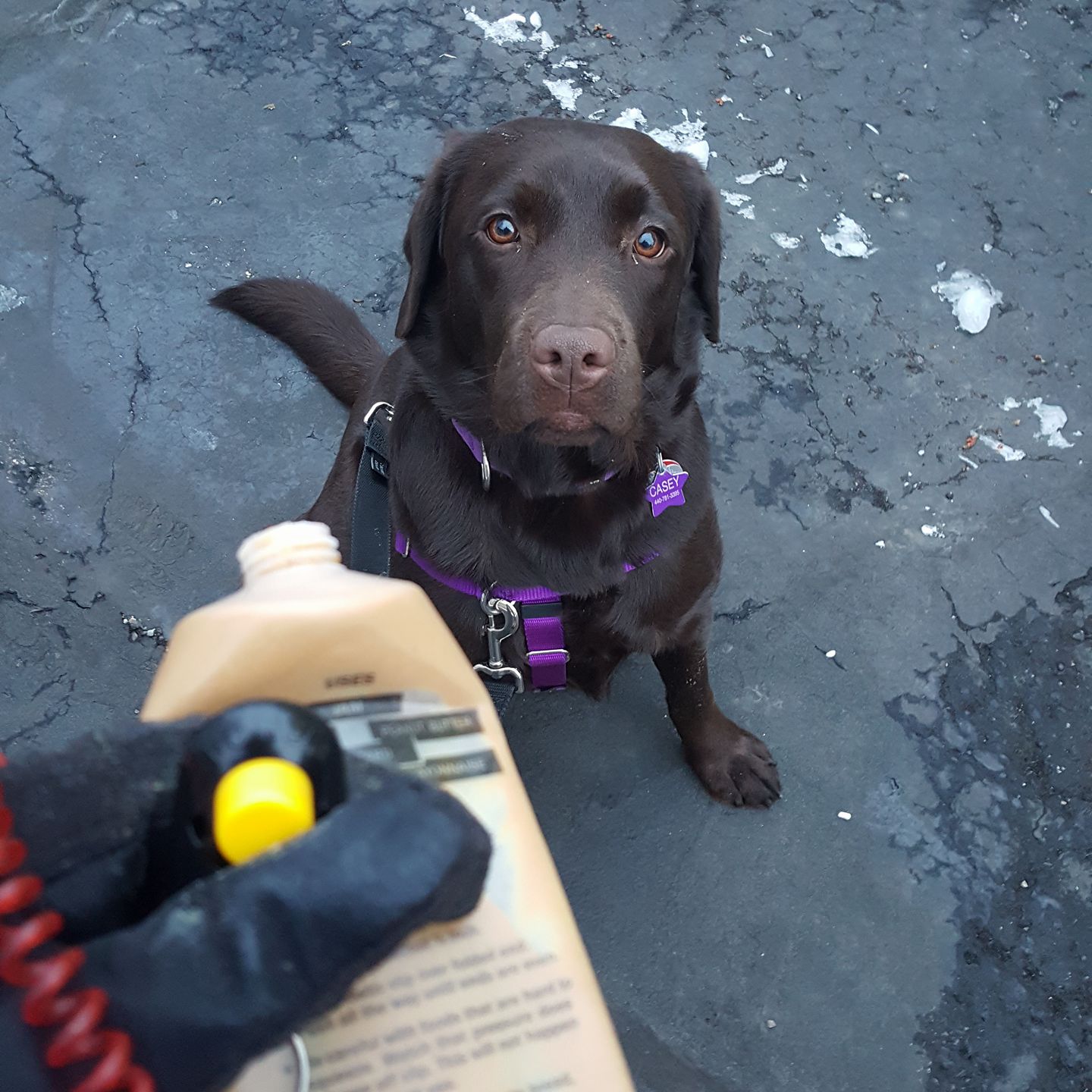
It’s no secret: I’m an animal lover. I have always shared my home with at least one pet. A contraband Betta fish somehow found its way into my room during my freshman year at college. While I pursued both a bachelor’s and master’s in business, animals were my first love. After earning my bachelor’s degree, I adopted a Pomeranian mix named Charlotte. I also spent many hours volunteering at shelters and fostering homeless dogs. This started a journey that lead me to positive reinforcement dog training.
I love reading about animal behavior and watching TV shows about it. However, a lot of the “traditional” training methods that I saw seemed wrong somehow. What I saw didn’t sit right with me. At the heart of the matter, I knew there had to be a better way. I loved my dog; I didn’t see her vying to be the Alpha female, she was just a silly dog! She was content to sleep under the bed, eat some treats, and go for walks.
I have an inquisitive nature, so I decided to do some research on canine behavior. Dominance or Pack Theory training was based on a study done in the 1970s by Dr. L. David Mech using a group of captive wolves. With further research, I found other behavior experts that disagree with Dr. Mech’s studies. And guess what? He now does too! He now speaks out against punishment-based methods of training and this idea we need to cause pain or assert dominance to train any dog. Yes, even those “difficult” breeds like German Shepherds, Malinois, or any of the pit bull-type dogs out there.
My Aversion to Aversion Therapy
Science to the rescue! Learning this new information was a very validating process, because I had been subscribing to a method to which I had an internal objection to. Call it intuition, call it ethics, call it a love for my multi-footed friends, call it “intestinal fortitude” if you want! I had identified my reason for my aversion to aversion therapy, but now I needed to find a training method which “fit” me.
What exactly is positive reinforcement? Just like it sounds — we add something reinforcing positive feelings to the dog’s life. In most cases, this is food, but we often use play and life rewards as well. If I ask a dog to sit, I say “Yes!” or “Good!” or click a clicker, and give them a small piece of food. Once a dog learns what gets them that piece of food, they are going to repeat it. A lot. If they “fail” at something, we just withhold the food. No harsh punishments needed.
How Positive Reinforcement Reframes Training Methods
Positive reinforcement theory says that if a dog is afraid of something — a person, another dog, or a vacuum, that you give them the space they need away from the scary object and then do things that make the dog feel good! Provide comfort or affection, treats, play and praise! MAKE IT RAIN LOVE AND FOOD!!
Which sounds better to you? If you love your dog, which would you want?
I have never seen a dog trained with positive reinforcement in distress due to training methods.
Training is an unregulated industry. Anyone can call themselves a trainer even with little or no education. Please do your research and choose wisely. If positive reinforcement training sounds like the way for you and your pets, contact us today to see how we can help you!